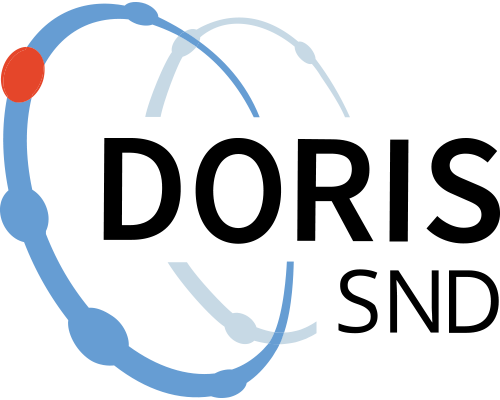The LSH study Lifeconditions, Stress and Health - The LSH- study Life condition Stress and Health: Cohort 1
Also the welfare state of Sweden has prominent socioeconomic (SES) differences in health. These are seen for most measures of SES, i e for education, occupation and income, and also for most health outcomes: for all-cause mortality, for morbidity in most diseases and for self-rated health. SES differences are, in particular, evident for coronary heart disease (CHD) with a two-fold difference in incidence and death between high and low SES groups. Causes for this are not clear. It is well known that an unhealthy lifestyle is more common in low SES but this can only explain a part of observed SES differences.
One possible explanation is effects of psychosocial factors. High levels of psychosocial risk factors and low availability of psychosocial resources are well documented predictors of CHD and more common in low SES. We and others have demonstrated that these factors are related to poor function of the HPA axis with reduced cortisol reactivity and with higher levels of markers for inflammation and plaque vulnerability, which also are known predictors of CHD.
The overall objective of the research program is to analyse, in a prospective design, to what extent socioeconomic differences in CHD incidence and death can be explained by psychosocial factors, especially psychological resources, and if observed effects are mediated by biological markers of stress, inflammation and plaque vulnerability.
Our data builds on two cohorts, using the same design of a random sample from a normal middle-aged Swedish population. Data collection: cohort I 2003-2004 (n=1007); cohort II 2012-2015 (n=2051), used a comprehensive design with broad questionnaires on SES, psychosocial risk factors, psychological resources, lifestyle and present disease, anthropometrics, saliva and blood samples. Primary outcome is symptomatic CHD. In a nested case control design data for cases shall be compared to controls.
While CHD incidence is falling, SES differences in CHD incidence and mortality remain and causes for this are not clear. This is one of few prospective studies linking the chain from SES, via psychosocial factors to biological markers of stress, inflammation and plaque vulnerability and CHD. The study has, therefore, the potential to generate important knowledge on causes behind SES disparities in CHD and on “how stress gets under your skin”
More information about study design, study populations and timeline is available in document under the tab Documentation.
Purpose:
The overall objective of the research program is to analyse, in a prospective design, to what extent socioeconomic differences in Coronary Heart Disease (CHD) incidence and death can be explained by psychosocial factors, especially psychological resources, and if observed effects are mediated by biological markers of stress, inflammation and plaque vulnerability.
Cohort 1: Data collection is conducted in collaboration with 10 Primary Health Care centers (PHCs) in Östergötland county council and sampling was done from the normal population of the catchment area for each PHC. The study is build on a comprehensive design with broad questionnaires on SES, psychosocial risk factors, psychological resources, lifestyle and present disease, anthropometrics, saliva and blood samples.
Go to data source
Opens in a new tabhttps://liu.se/forskning/livsvillkor-stress-och-halsa
Citation and access
Citation and access
Data access level:
Creator/Principal investigator(s):
- Margareta Kristenson - Linköping University - Department of Medical and Health Sciences
Research principal:
Citation:
Method and outcome
Method and outcome
Data collection - Measurements and tests
Data collection - Measurements and tests
Data collection - Self-administered questionnaire
Data collection - Self-administered questionnaire
Geographic coverage
Geographic coverage
Administrative information
Administrative information
Topic and keywords
Topic and keywords
Relations
Relations
Metadata
Metadata
Version 1

Linköping University